TEL:+86 0536-6162866+86 187-6464-2379
ADD:No.19, Shunde Road, Zhucheng City, Shandong, China
WEB:www.clj20089.cn
Coating sewage treatment plant
-
MS:Katherine Wong
+86 187-6464-2379
-
TEL:+86 0536 6162866
MAIL:sales@cntianlang.com
-

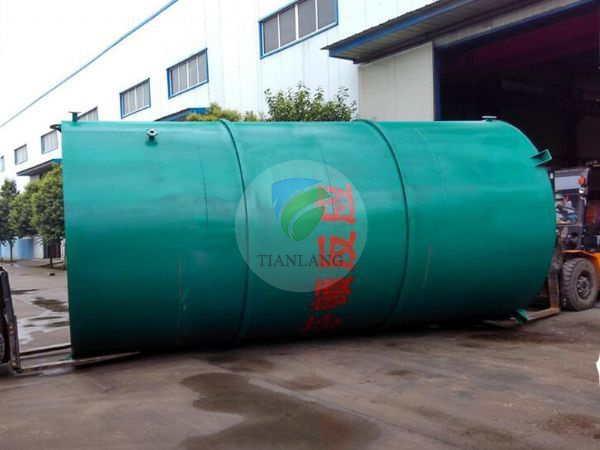
Name: Coating sewage treatment plant
details
Note: The following are just a few common treatment methods. The specific processing method needs to be customized for you in combination with your situation. If you need detailed plans and quotations, please call our company service hotline, we have a dedicated technical staff to give you free programs and quotations.
In the process of coating electronic products, many places on the coating line need to use water for spraying and rinsing. After using the coated sewage, there are a lot of paint organic matter and workpiece debris, which is easy to cause secondary pollution. Handling will cause harm to the surrounding environment. In the sewage treatment, if only a plurality of sedimentation tanks are used for physical precipitation, the treated sewage can not meet the standard of circulating water. If a variety of water purification equipment is used, the production cost increases, which is not conducive to production cost control.
The sewage generated in the production of the coating process is mainly divided into pre-treatment sewage, paint sewage and spray paint sewage.
The pre-treatment sewage comes from the steps of degreasing and phosphating the surface of the pre-painting surface, and contains emulsified oil, surfactant, phosphate, heavy metal ion packing, solvent and the like.
Painted sewage is produced by the cleaning process of floating paint and bath adhered to the coated parts, generally including negative ion washing water and ultrafiltrate; its composition is the same as that of the bath liquid, and contains water-soluble resin (such as epoxy resin, phenolic resin, etc.). ), pigments (such as carbon black, iron oxide red, lead and mercury, etc.), fillers (such as titanium dioxide, talc, etc.), cosolvents (such as triethanolamine, butanol, etc.) and a small amount of heavy metal ions.
The wet spray booth washes the air in the spray booth working area with water, and the air lacquer and organic solvent are transferred to the water to form sewage; the sewage contains a large amount of lacquer particles, and the water quality is determined by the paint used (nitrocellulose paint, amino paint, Alkyd paint and epoxy paint mainly) and solvents (such as ethanol, acetone, lipids, benzene, etc.), depending on the solvent.
The paint water is pretreated with Fenton (H2O2+FeSO4) reagent. The organic matter is oxidatively decomposed and the CODcr removal rate is about 30%. Then it is coagulated and precipitated by adding PAM and PAC. After two steps, CODcr The total removal rate can reach 60%-80%, from 3000-20000mg/L to 1200-1400mg/L. The effluent further enters the biochemical treatment system, and the effluent meets the first-class emission standard.
1. The secondary biological contact oxidation treatment process of spray coating wastewater treatment equipment adopts push-flow biological contact oxidation, and its treatment effect is better than that of fully mixed or two-stage series fully mixed biological contact oxidation tank. Compared with the activated sludge tank, it has small volume, strong adaptability to water quality, good impact load resistance, stable effluent quality and no sludge expansion. The new combined packing is used in the pool, the specific surface area is large, the microorganisms are easy to hang the membrane, and the mold is released. Under the same organic matter load condition, the organic matter removal rate is high, and the solubility of oxygen in the air in water can be improved.
2. The biochemical pool adopts biological contact oxidation method, the volume load of the filler is relatively low, the microorganisms are in the self-oxidation stage, and the amount of mud production is small. It takes only three months (90 days) to discharge the mud once (pumping or dewatering with a manure vehicle). Into the mud cake shipped out).
3, the entire equipment processing system is equipped with a fully automatic electrical control system and equipment fault alarm system, the operation is safe and reliable, usually do not need to be managed by special personnel, only need timely maintenance and maintenance of the equipment.
Fenton's reagent has a strong oxidizing power. When the pH is low (ph=3), H2O is catalytically decomposed by diiron ions to form a hydroxyl group with extremely strong oxidizing power. By reacting the hydroxyl group with extremely strong oxidizing ability with the organic matter, the refractory organic matter in the sewage is partially oxidized, and the C-C bond of the organic matter in the sewage is broken, decomposed into H2O, CO2, etc., and the CODcr is lowered. Either coupling or oxidation occurs, changing the electron cloud density and structure, forming intermediate products with less molecular weight, thereby changing their solubility and coagulation sedimentation. At the same time, Fe2+ is oxidized to Fe(OH)3, which exists in the form of gel at a certain acidity. It has agglomeration and adsorption properties, and can also remove some suspended solids and impurities in the water. The effluent can further remove the pollution through subsequent coagulation sedimentation and biochemical treatment. Things to achieve the purpose of purification.



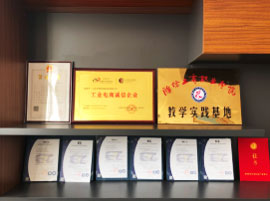

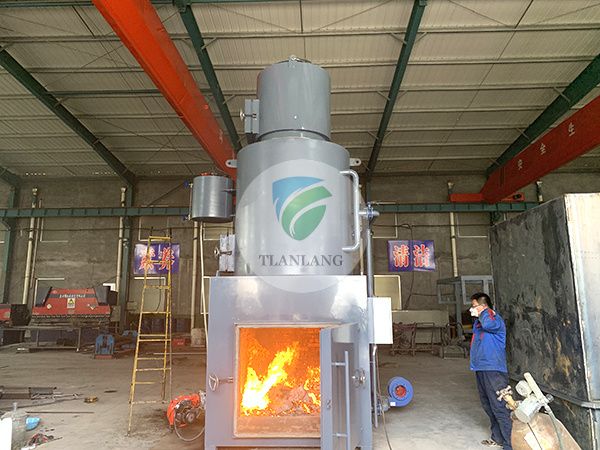
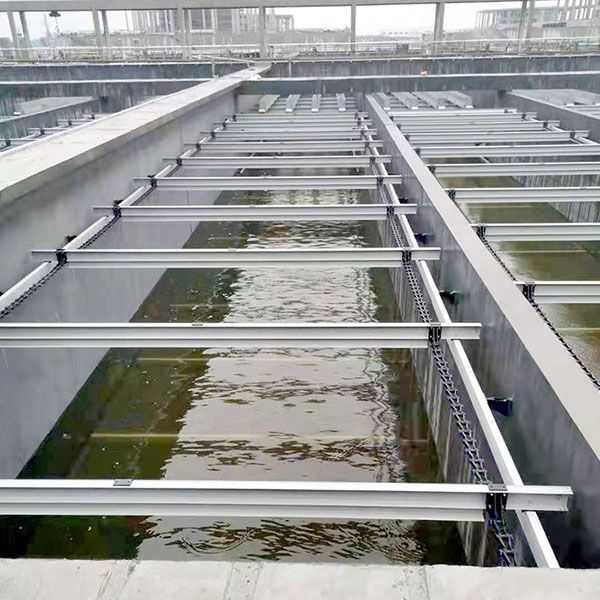
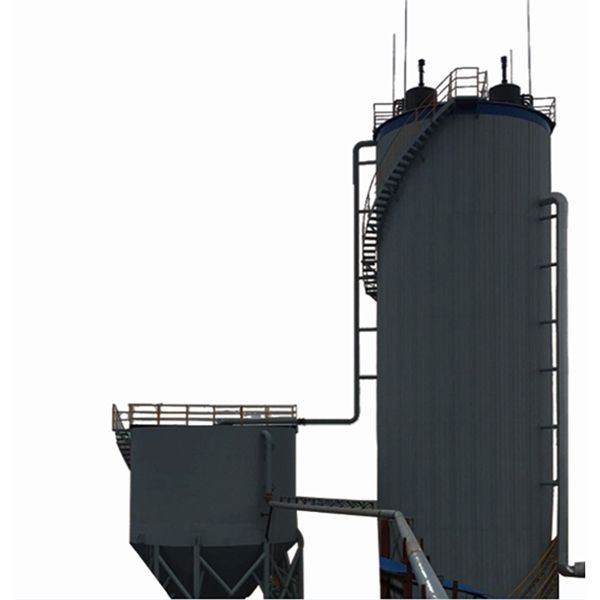
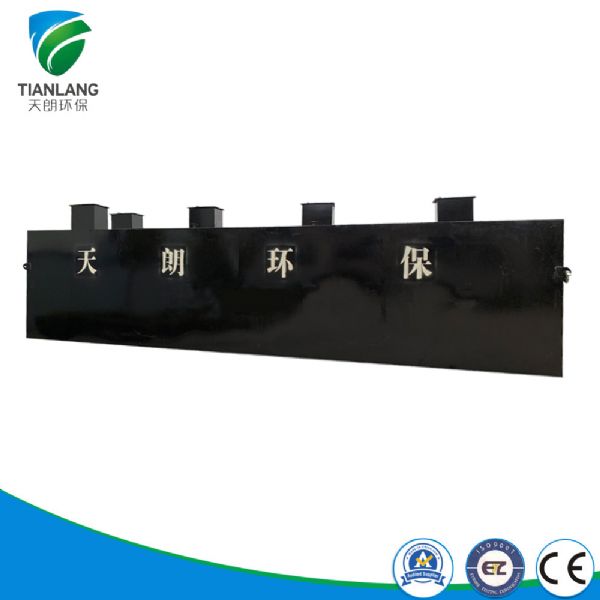
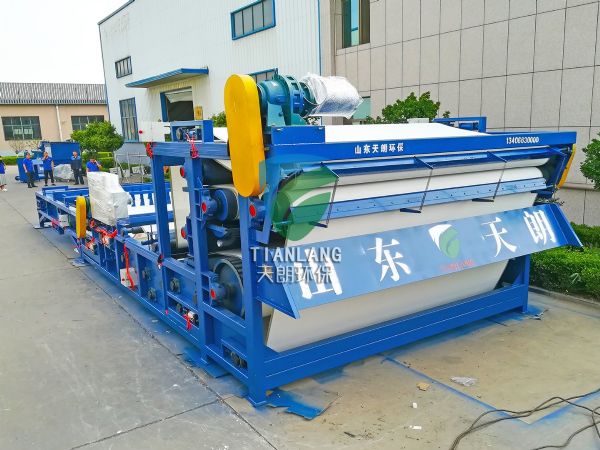
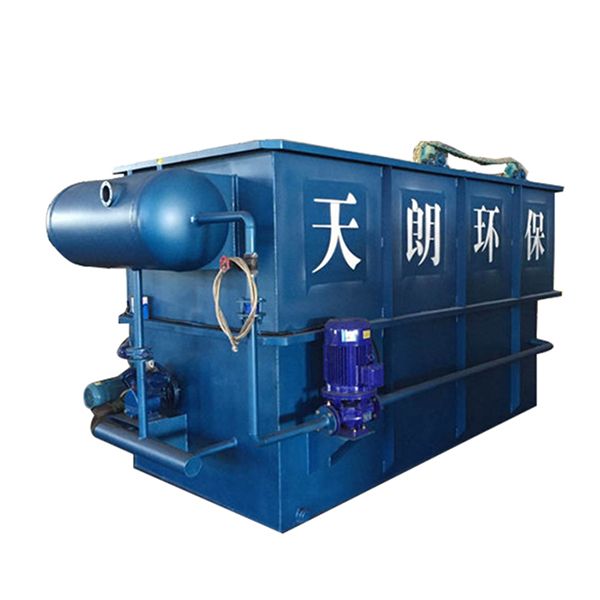
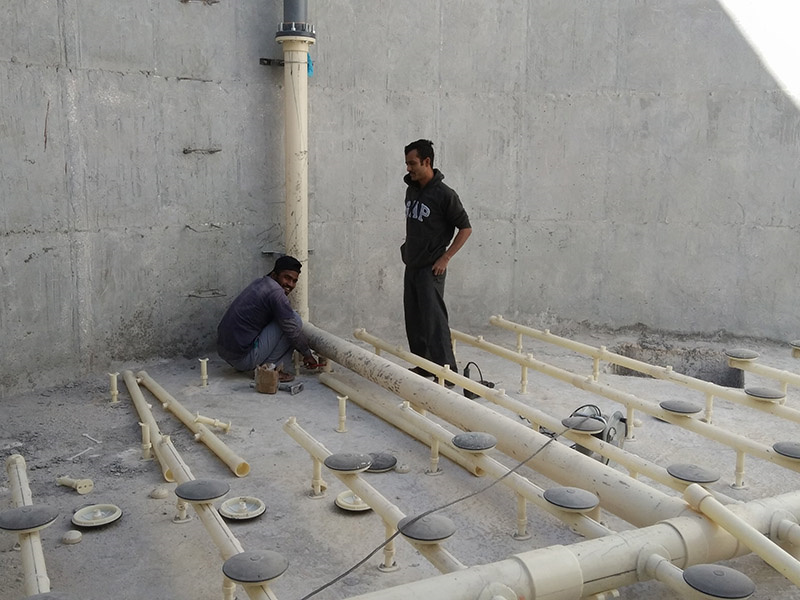
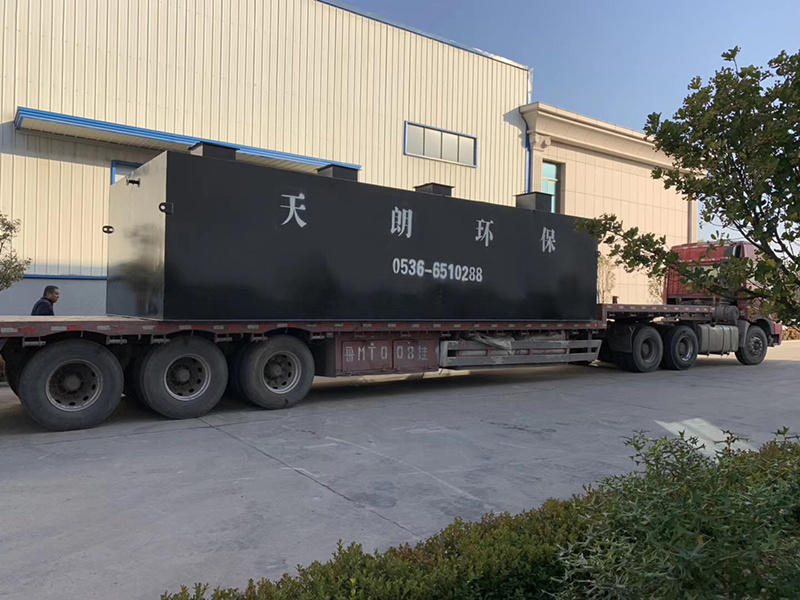

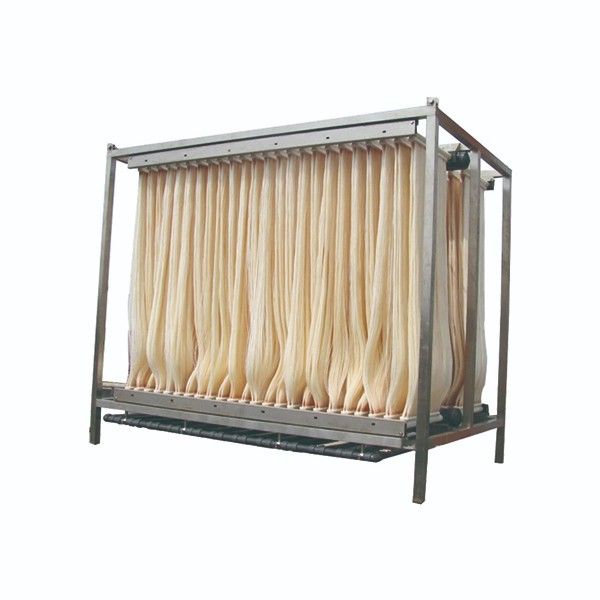
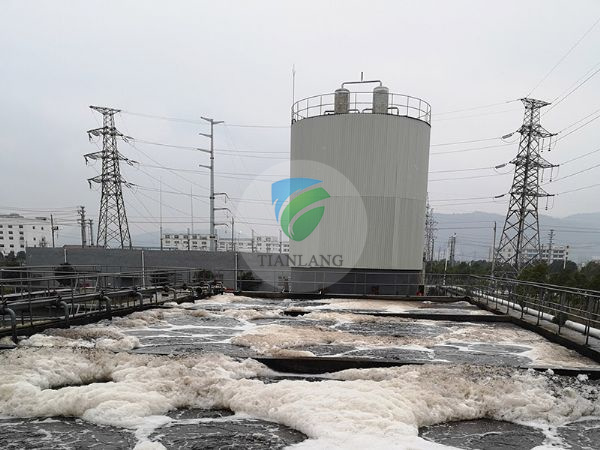
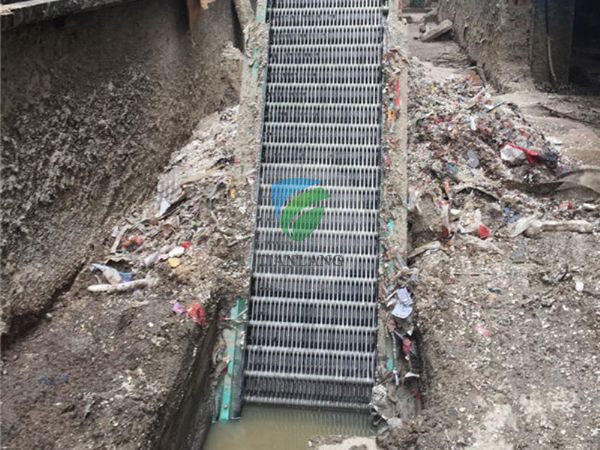






 Tel
Tel Home
Home Products
Products